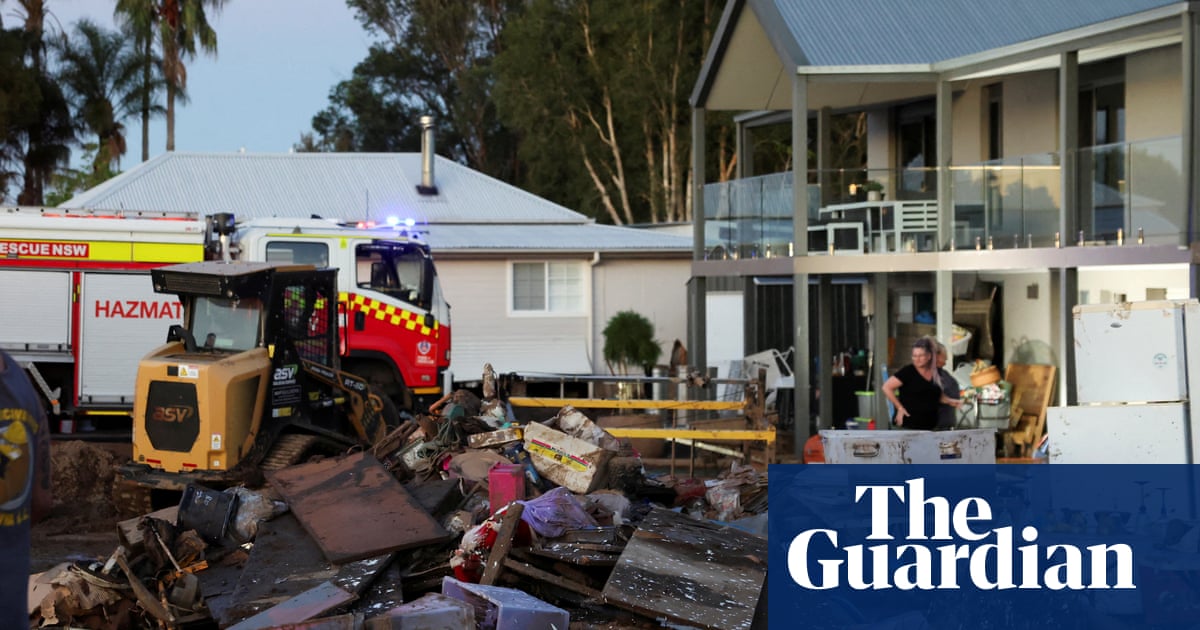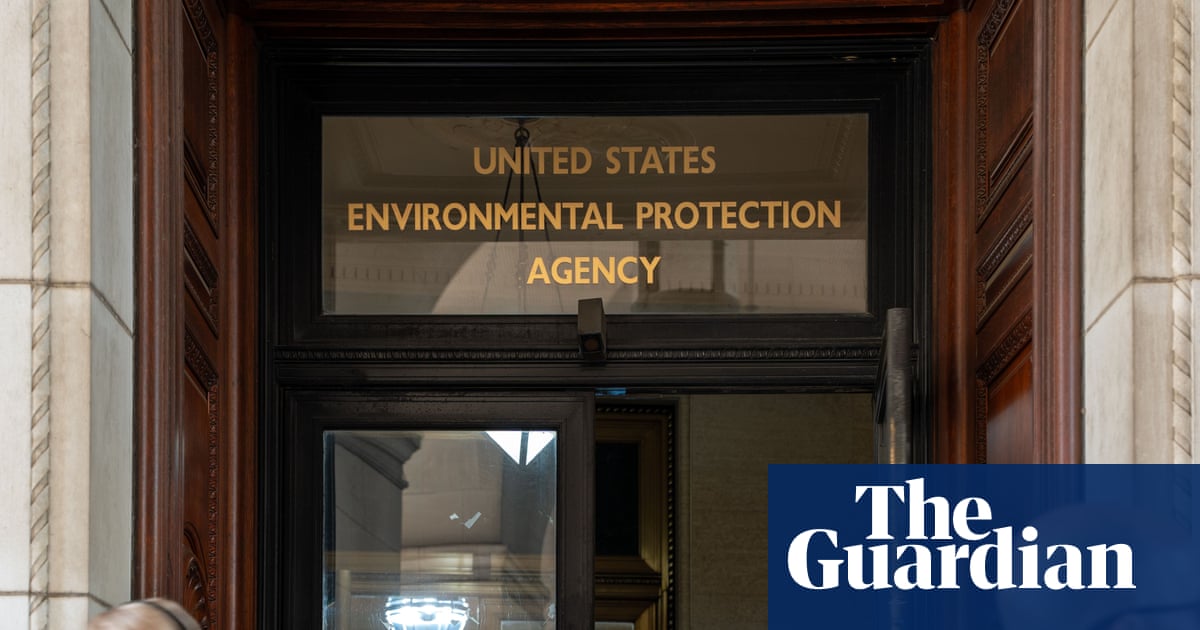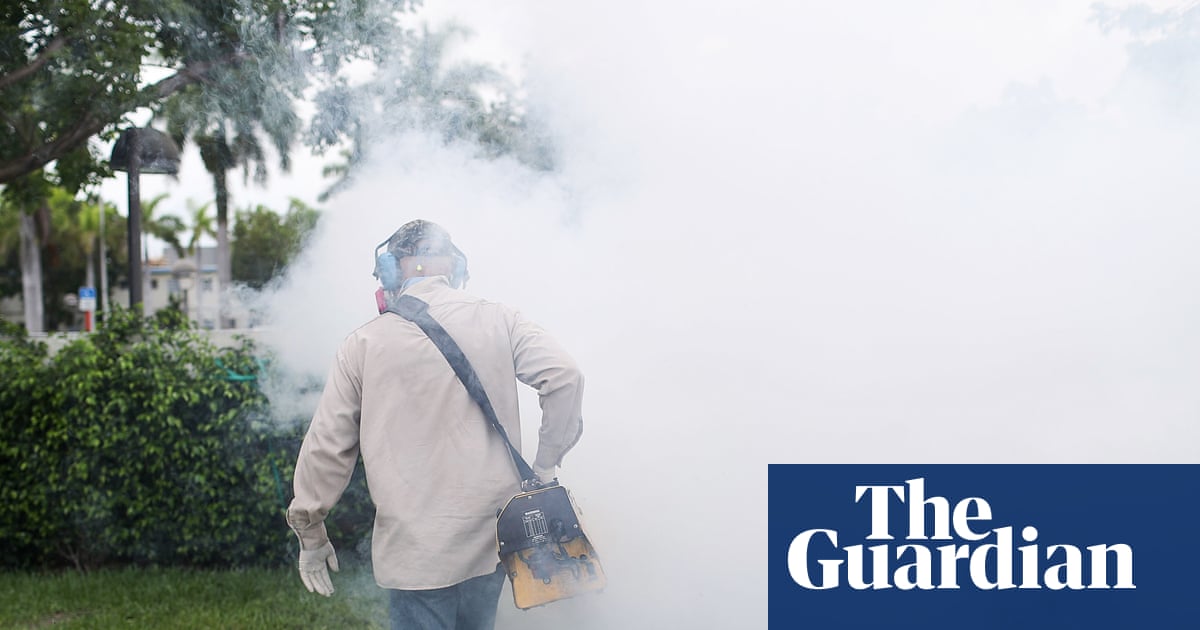Veteran-led disaster recovery group calls on Albanese for help to build army of 10,000 volunteers | Extreme weather

The veteran-led organisation on the frontline of disaster recovery wants federal government support to help establish a 10,000-strong volunteer army.
Disaster Relief Australia (DRA) is pushing for a new funding deal to secure its future and grow its force, as it positions itself as an alternative to the Australian defence force in the aftermath of major floods, fires and cyclones.
The prime minister, Anthony Albanese, on Monday said the organisation did “amazing work” and the government would “work with them constructively” – but stopped short of guaranteeing new funding.
The not-for-profit DRA, which draws on veterans’ skills and experience, is being increasingly utilised to support other volunteers preparing for and recovering from natural disasters. A crew of 100 volunteers is set to join 70 ADF personnel this week to assist with the cleanup operation from the floods on the New South Wales mid-north coast – helping clear debris, reopen roads and conduct welfare checks on residents in the flood zone.
But its long-term funding is up in the air, with a three-year, $38.3m federal grant to substantially bolster its ranks due to expire in mid-2026.
On 6 January, the organisation wrote to Albanese and then opposition leader Peter Dutton, seeking pre-election commitments to fund a new “national veteran volunteer program (NVVP)” after the old deal ran out.
The four-year, $87.5m plan would allow DRA to grow its numbers to 10,000, up from more than 5,500, according to the letter seen by Guardian Australia.
Among the organisation’s major selling points was its ability to ease the burden on the ADF, which was heavily relied upon during the black summer bushfires and stretched further during the Covid-19 pandemic restrictions.
The 2023 defence strategic review found the ADF must be the “force of last resort” to ensure the military could focus on its primary purpose of defending the country.
In their letter, DRA said it was the only organisation outside the ADF with a proven capacity to perform in the preparation, relief and recovery phases of a disaster.
“Australia is increasingly challenged by more frequent and severe disasters, which are placing immense pressure on emergency services and often necessitating the use of the Australian Defence Force (ADF) for disaster relief and recovery,” the letter read.
“As climate change intensifies these crises, the reduction per capita in the number of volunteers and emergency services personnel continues and the geo-political situation becomes more uncertain, a strategic shift is needed to build a more disaster resilient nation and reduce the demand on the ADF by investing significantly in dedicated disaster preparedness, relief and recovery capabilities.”
The organisation secured a $64.5m funding commitment from the Coalition during the election campaign – but no new pledge from Labor.
After Labor’s election win, the chief executive of DRA, David Smith, wrote to Albanese and his new minister for emergency management, Kristy McBain, to reiterate the request.
“While support for the … proposal was not the subject of a government announcement during the election, we remain confident of your government’s ongoing support for DRA,” Smith wrote.
after newsletter promotion
“Nevertheless, given the expiration of our current grant in March 2026, and the required lead time for operational planning and workforce management, we would like to confirm the government’s commitment to fund the NVVP as soon as possible.”
The original $38m in funding for DRA was one of Labor’s 2022 election commitments. Asked on Monday if the government was considering DRA’s recent proposal, Albanese praised the organisation but did not commit to new funding.
“We are strong supporters of Disaster Relief Australia,” the prime minister said.
“They do amazing work, and they are made up, of course, of a lot of former members of the defence force personnel. And just a big shout out to them. We’ll continue to work with them constructively.”
The defence minister, Richard Marles, said coordination between levels of government and the role of first responders such as the State Emergency Service was helping to ease the burden on the ADF.
“I think we are getting our policies better as we’re moving forward, but when there is a moment when there is a crisis, and that call is made for Defence, Defence will always come,” Marles said.
Albanese said the ADF’s presence also provided a morale boost to communities.
“From my experience, the presence of ADF personnel on the ground brings enormous confidence to communities that are really doing it tough. It’s a sign of how seriously we as a nation are taking what is a catastrophic event,” he said.
Source link






